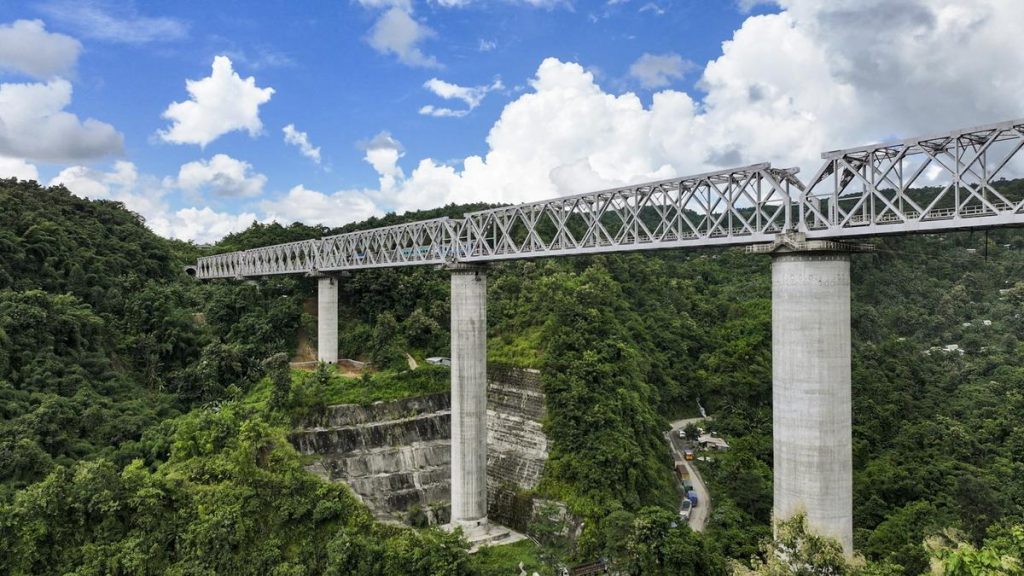Now Reading: Madras High Court Directs T.N. Government to Establish Buffer Zone Along Coimbatore Forest Boundary
-
01
Madras High Court Directs T.N. Government to Establish Buffer Zone Along Coimbatore Forest Boundary
Madras High Court Directs T.N. Government to Establish Buffer Zone Along Coimbatore Forest Boundary

Quick Summary:
- The Madras High Court has urged the Tamil Nadu government to define a buffer zone between human habitations and the reserve forests in Coimbatore forest division.
- The Coimbatore forest division shares a 320-km boundary with human settlements, which partially runs through coimbatore city and several ecologically sensitive areas, including Sirumugai, Mettupalayam, Karamadai, among others.
- Judges N. Sathish Kumar and D. Bharatha Chakravarthy directed the State to propose such measures by October 10 to minimize environmental risks from urbanization near wildlife habitats.
- Reports from amici curiae highlighted growing pressures on land conversion for urbanization and proposed developmental projects close to forest boundaries as detrimental to wildlife conservation efforts by increasing man-animal conflict risks substantially.
- Despite existing regulations under Hill Area Conservation Authority, permissions for commercial constructions persist near reserve forests, contravening conservancy objectives funded by taxpayer money.
- Farm stays along cultivated lands were observed causing disturbances due to activities like campfires and loudspeakers at night.
Indian Opinion Analysis:
The directive from the Madras High Court underscores a pressing need for reconciling human development with ecological conservation in Tamil Nadu’s Western Ghats region-a global biodiversity hotspot rich in flora and fauna facing increasing threats from encroachment. Establishing buffer zones could be pivotal in mitigating man-animal conflicts while safeguarding fragile ecosystems from development-induced stresses such as habitat loss or environmental degradation caused by tourism infrastructure.
This ruling also raises questions about enforcement gaps regarding conservation norms at state levels despite being outlined under agencies like Hill Area Conservation Authority. ensuring stricter adherence to ecological safeguards may require alignment of urban planning policies with conservancy mandates over long-term sustainability imperatives for both local livelihoods and natural habitats.
























